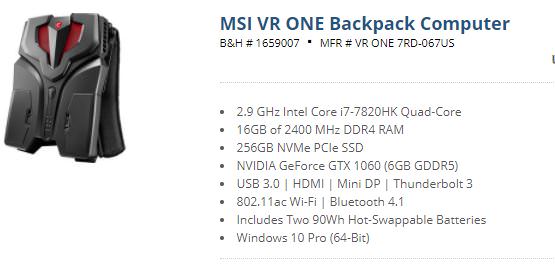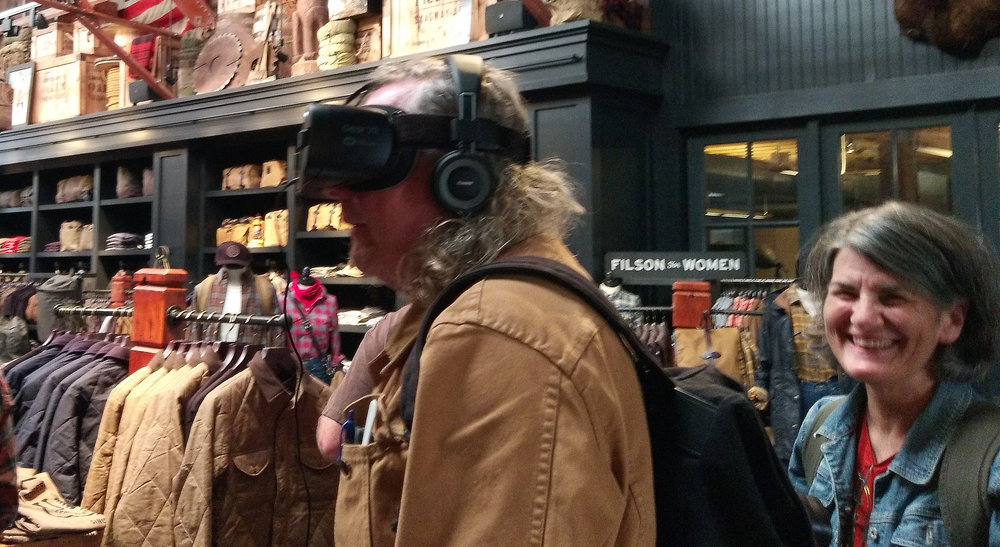In more news from the annual F8 Conference, the long awaited Oculus Go standalone VR headset finally had its release date announced. Surprise, it's today! VR Focus is reporting that the Qualcomm Snapdragon 821 powered Oculus Go is launching with 1000 apps available sold through Oculus' website, as well as retail partners. If you want to grab an Oculus Go, you can get them now on Amazon for $199 for the 32GB version, and $250 for the 64GB version.
Oculus Go is the easiest way to jump into the world of virtual reality. For the first time, Oculus brings you a truly standalone VR headset-with no additional hardware, computers, or devices required. Oculus Go is portable, comfortable, and easy to use. Just put it on, switch it on, and watch a movie on a 30-foot screen, grab a front row seat at a sold out concert, play games right at the center of the action, or hang out with friends like never before.
Oculus Go is the easiest way to jump into the world of virtual reality. For the first time, Oculus brings you a truly standalone VR headset-with no additional hardware, computers, or devices required. Oculus Go is portable, comfortable, and easy to use. Just put it on, switch it on, and watch a movie on a 30-foot screen, grab a front row seat at a sold out concert, play games right at the center of the action, or hang out with friends like never before.
![[H]ard|Forum](/styles/hardforum/xenforo/logo_dark.png)





